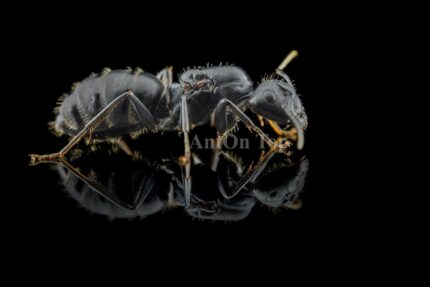
Camponotus vagus
69,90 zł – 229,90 złPrice range: 69,90 zł through 229,90 zł
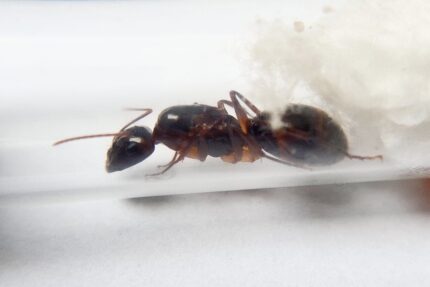
Camponotus wytsmani
479,90 zł – 599,90 złPrice range: 479,90 zł through 599,90 zł
Camponotus vanispinus
269,90 zł – 489,90 złPrice range: 269,90 zł through 489,90 zł
SKU:
AOTA98
Category: Ants
Tags: ant, Ant Atlas, ant colony, ant on top, antontop, ants, Atlas de hormigas, Atlas Mrówek, Camponotus abscisus, Camponotus cruentatus, Camponotus nicobarensis, Camponotus vanispinus
Worldwide shipping
Free delivery over 999 PLN
The highest quality of goods
Live delivery guarantee
24/7 Personal Support
Fair Prices
Description
The Camponotus vanispinus colony is monogynous and can grow up to 5,000 workers. They have a medium development rate. The queen is 12-13 mm in size, while workers are 4-8 mm and majors are 8-11 mm. Their color is red with a black abdomen. They mainly consume food insects, syrup, fruits, vegetables, jelly, and cooked chicken.
Additional information
| Behavior | |
|---|---|
| Difficulty in breeding | |
| Origin | |
| The size of ants |
Description
Camponotus vanispinus
Colony Type: Monogyny
Colony Size: Up to 5000 workers
Development Speed: medium
Size
- Queen:12 and 13 mm
- Workers: 4 to 8 mm
- Majors: 8 and 11 mm.
Camponotus vanispinus ants have a distinct coloration, with predominantly red bodies and black abdomens. This unique color combination makes them visually striking and an interesting addition to any ant colony collection.
Nutrition
- Food insects (such as cockroaches and crickets) dead, or live if colony is big
- Syrup (a mixture of water and honey or sugar, with a ratio of 4/3 water:1)
- Fruits and vegetables
- Jelly
- Cooked chicken without salt, shrimps
- Honey
Temperature and Humidity
- Arena Humidity: 30% and 50%.
- Nest Humidity: 50% and 60%.
- Arena Temperature: 18°C and 28°C .
- Nest Temperature: 21°C and 24°C..
Recommended Nests
- Acrylic: Acrylic nests are a popular choice among ant keepers due to their transparency and ease of maintenance. These nests provide a clear view of the ants’ activities and can be easily cleaned.
- Cork: Cork nests provide a natural and aesthetically pleasing environment for the ants. They offer good insulation and are relatively easy to maintain.
- Gypsum: Gypsum nests are known for their excellent moisture retention properties. They provide a stable and humid environment for the ants.
- Aerated Concrete: Nests made from aerated concrete offer good insulation and moisture regulation. They provide a secure and comfortable home for the ants.
- Wooden: Wooden nests are a classic choice for ant keepers. They are visually appealing and can be easily customized to suit the needs of the ants.
- Digfix
Reviews
Rated 0 out of 5
0 reviews
Rated 5 out of 5
0
Rated 4 out of 5
0
Rated 3 out of 5
0
Rated 2 out of 5
0
Rated 1 out of 5
0
Be the first to review “Camponotus vanispinus” Cancel reply
Related products
Anochetus graeffei
329,90 zł – 509,90 złPrice range: 329,90 zł through 509,90 zł
Select options
This product has multiple variants. The options may be chosen on the product page
Aphaenogaster feae
109,90 zł – 229,90 złPrice range: 109,90 zł through 229,90 zł
Select options
This product has multiple variants. The options may be chosen on the product page
Aphaenogaster gibbosa
89,90 zł – 199,90 złPrice range: 89,90 zł through 199,90 zł
Select options
This product has multiple variants. The options may be chosen on the product page
Aphaenogaster schurri
119,90 zł – 249,90 złPrice range: 119,90 zł through 249,90 zł
Select options
This product has multiple variants. The options may be chosen on the product page


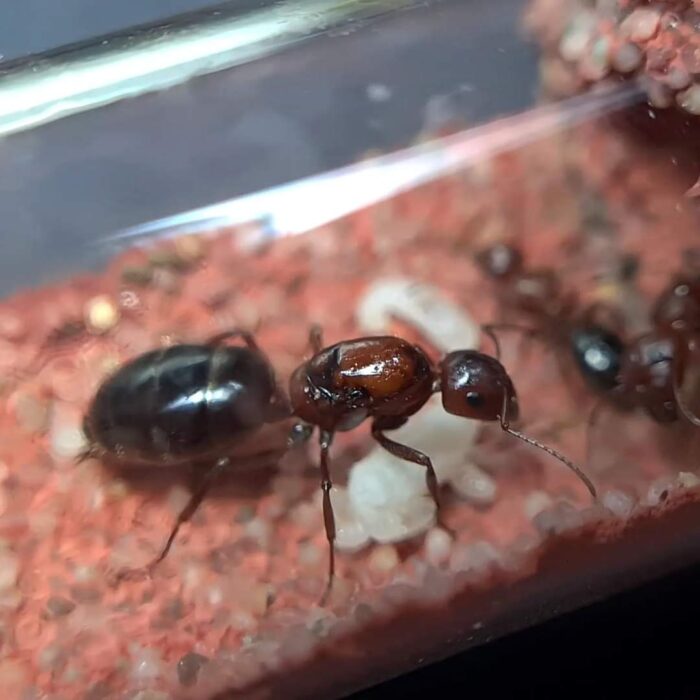
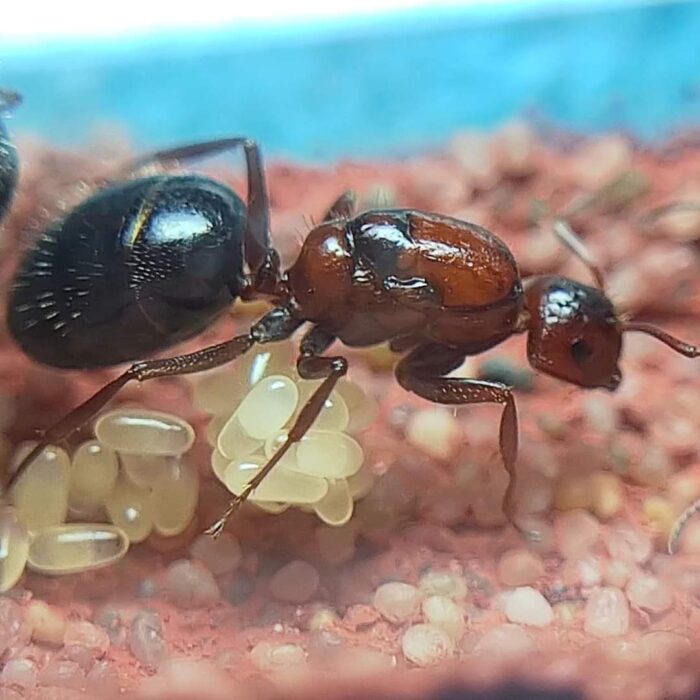
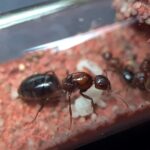
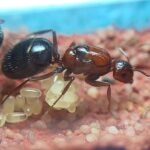
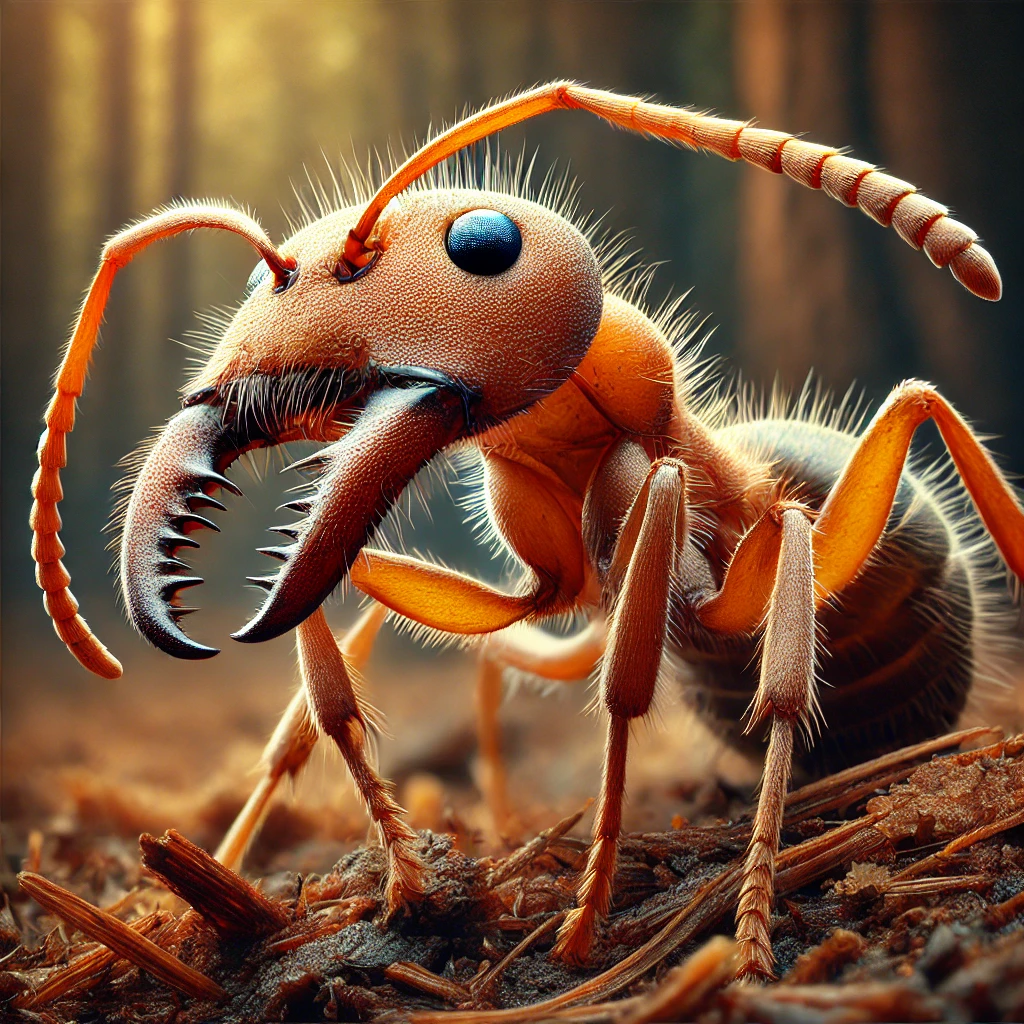
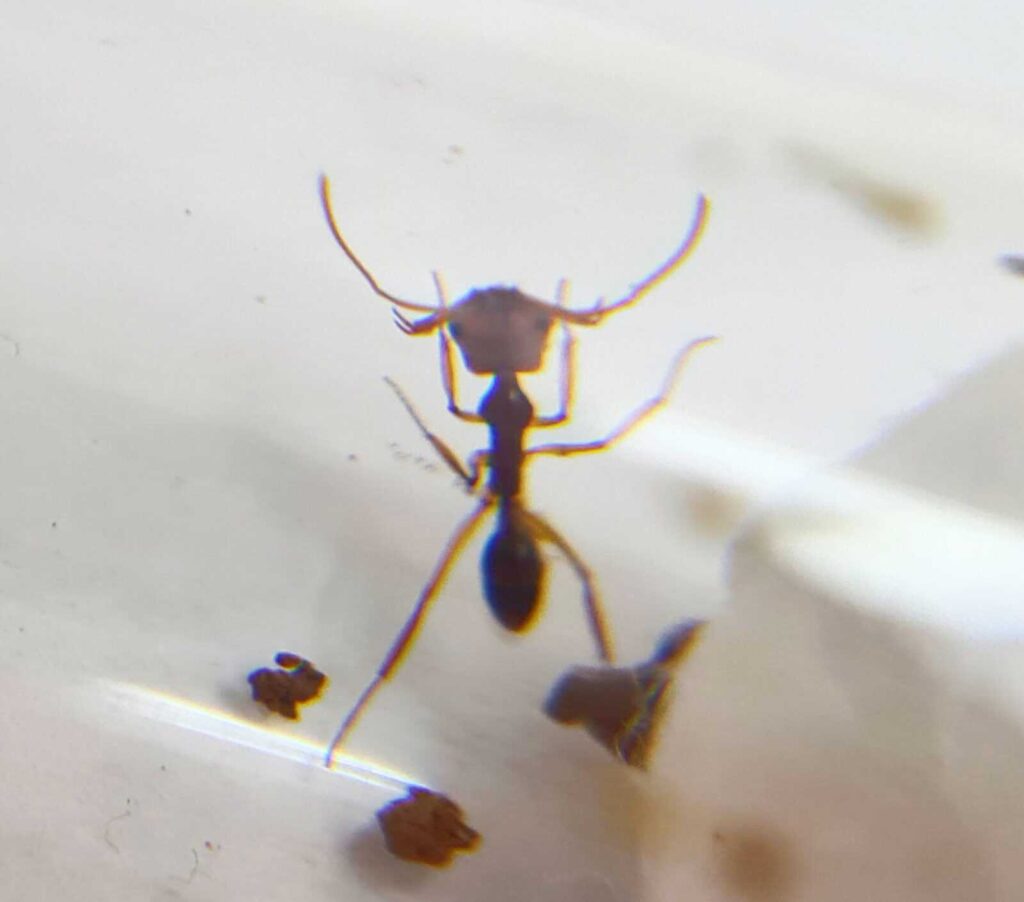
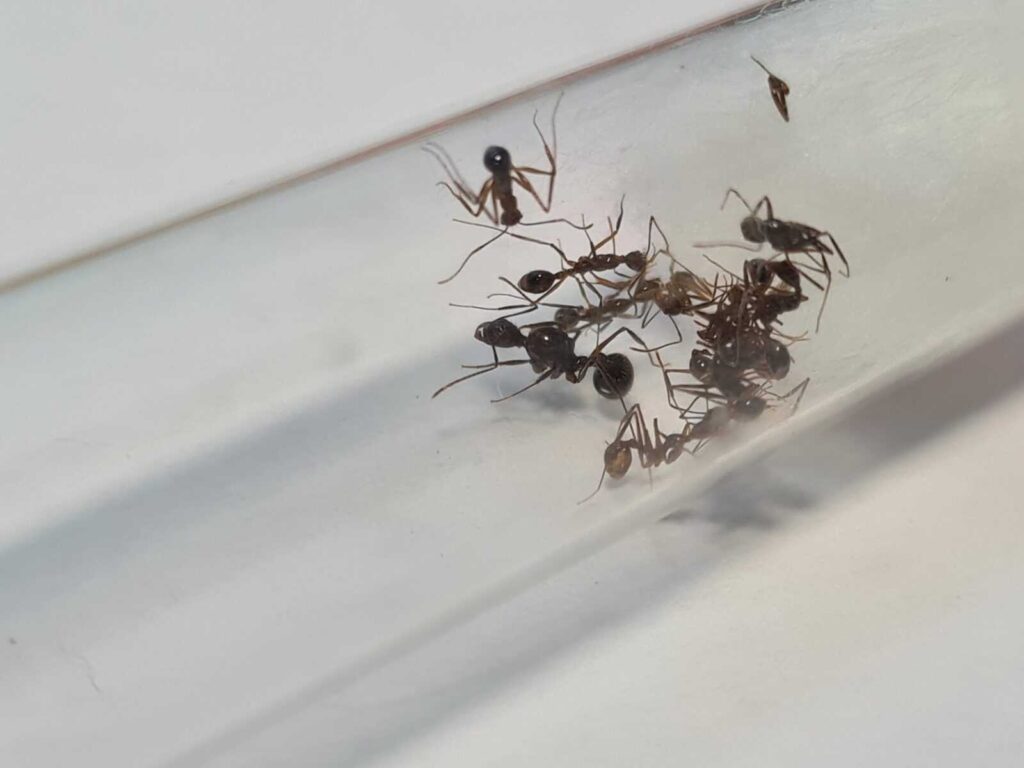
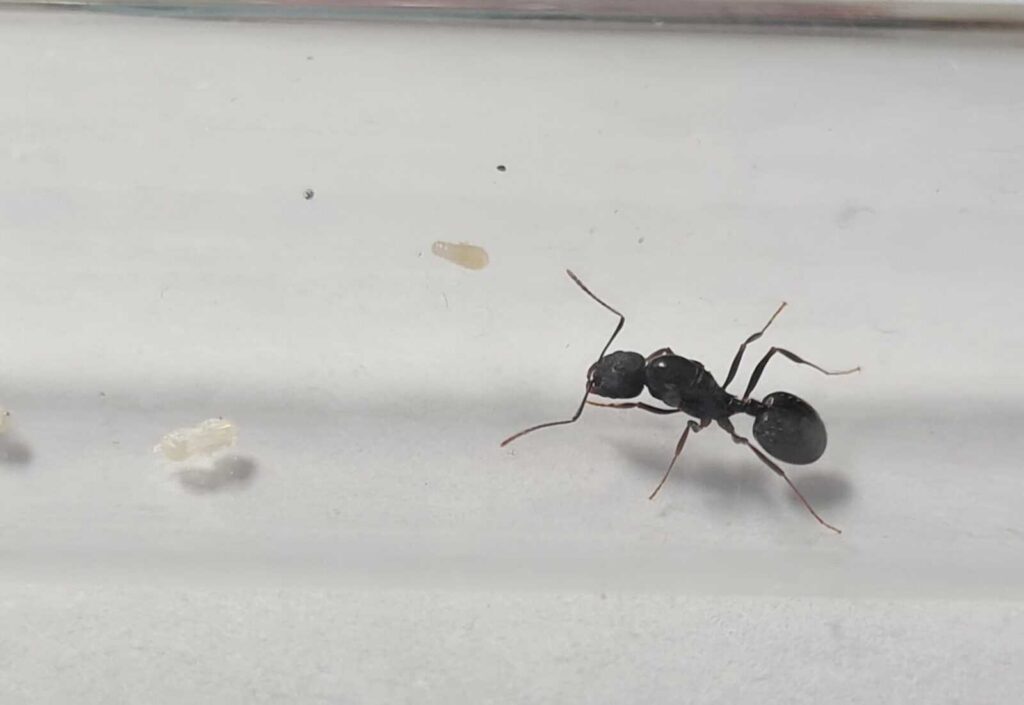
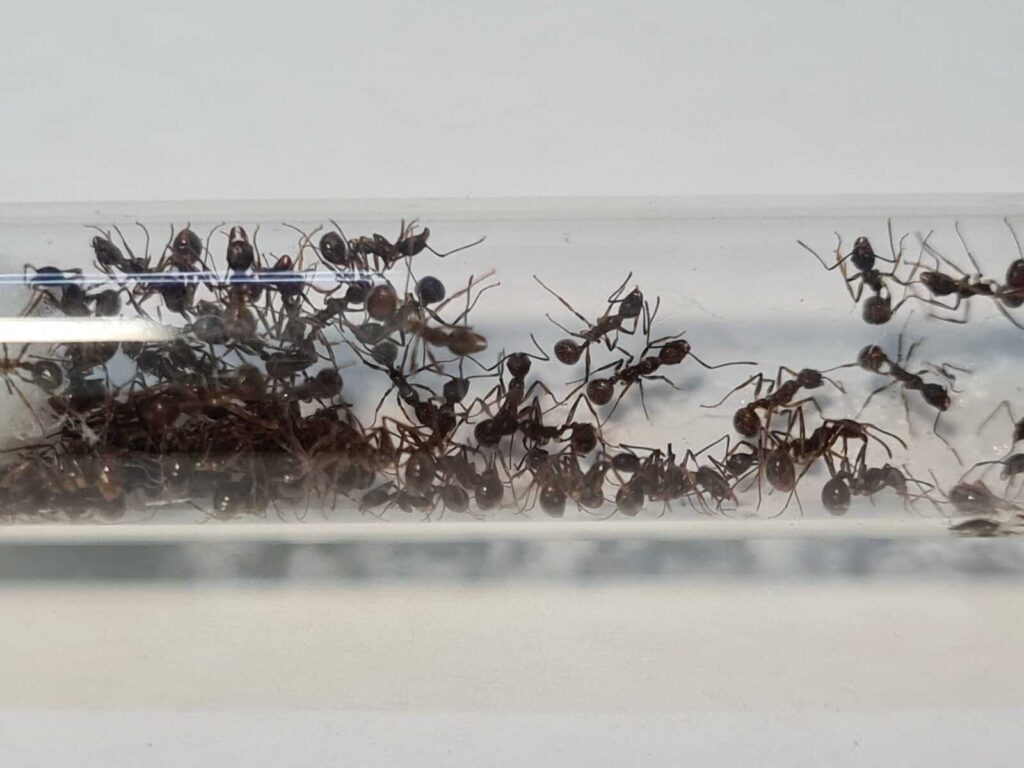
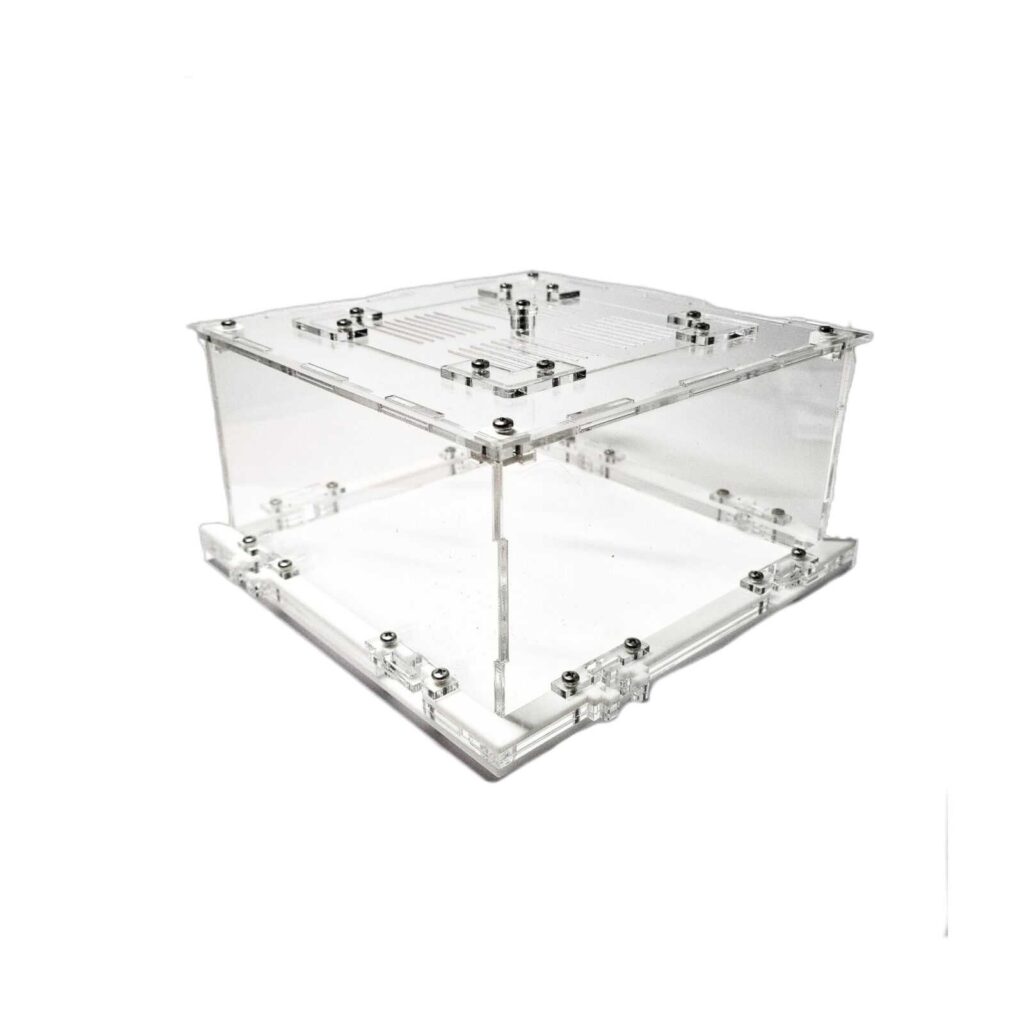
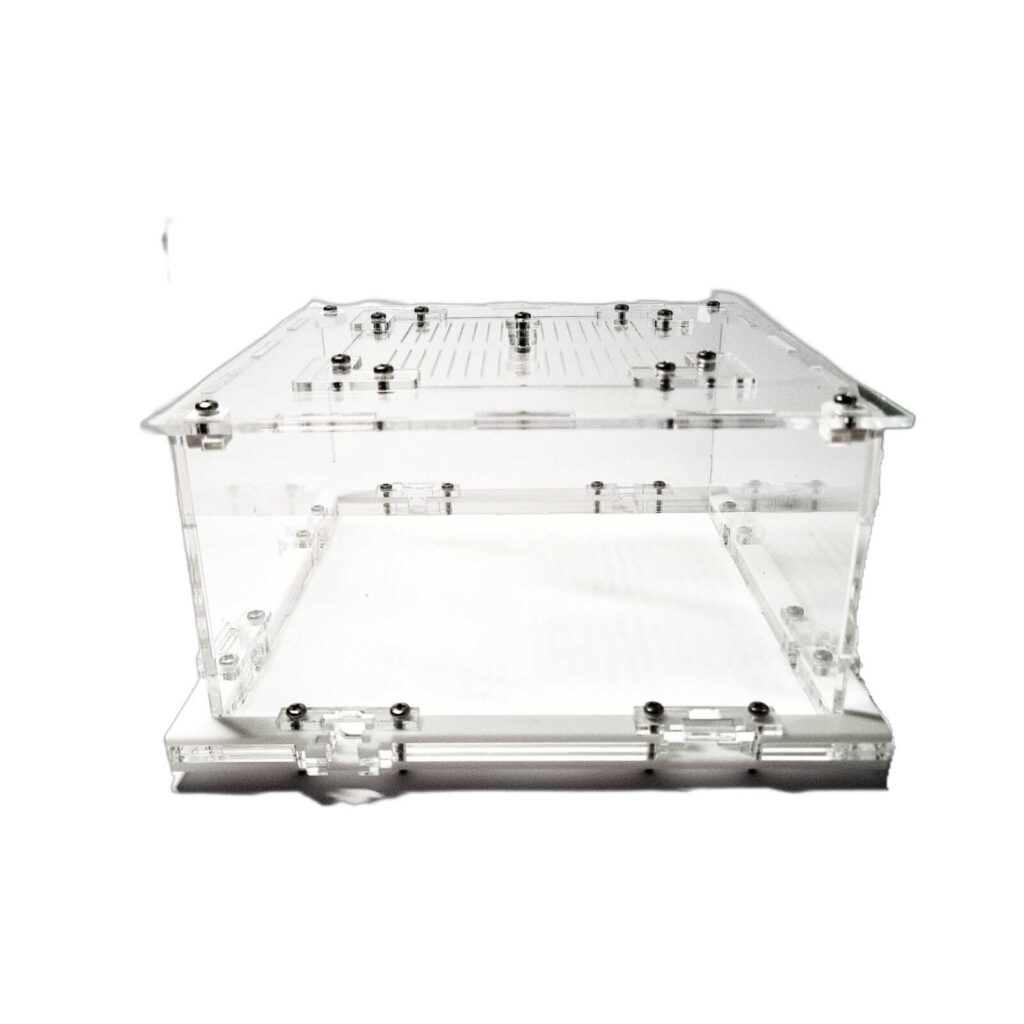
Reviews
Clear filtersThere are no reviews yet.